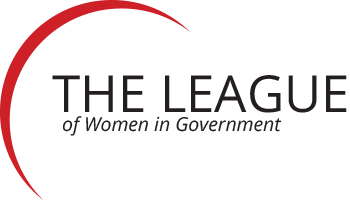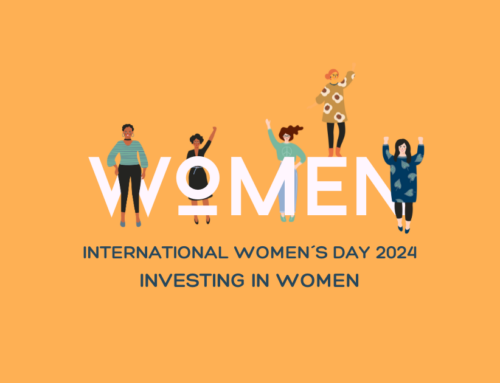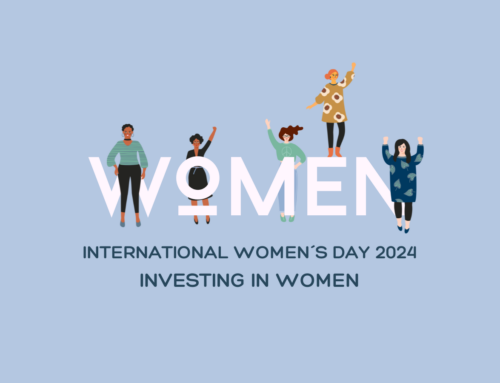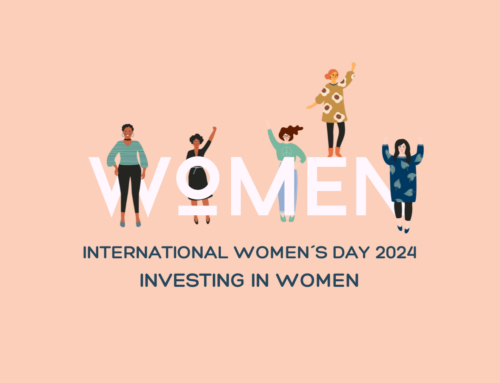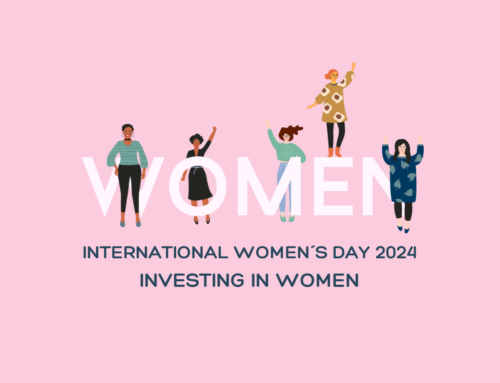How Women Manage the Gendered Norms of Leadership
By Wei Zheng, Ronit Kark, and Alyson Meister
A wealth of research shows that female leaders, much more than their male counterparts, face the need to be warm and nice (what society traditionally expects from women), as well as competent or tough (what society traditionally expects from men and leaders). The problem is that these qualities are often seen as opposites. This creates a “catch-22” and “double bind” for women leaders. Carly Fiorina, the former CEO of HP, depicted it this way: “In the chat rooms around Silicon Valley, from the time I arrived until long after I left HP, I was routinely referred to as either a “bimbo” or a “bitch”— too soft or too hard, and presumptuous, besides.”
To alleviate this double bind, societal expectations — for what it means to be a woman and what it takes to lead — must change. But until we get there, female executives still have to navigate these tensions. We wanted to know how successful women do it, day-to-day. So we conducted extensive interviews with 64 senior women leaders (all at the VP level or higher) from 51 different organizations in the United States: CEOs, general managers, and executives across functions, working in various industries. We found that there are four paradoxes, all stemming from the need to be both tough and nice, that these women confront. We also identified five strategies they use to manage them.
Four Balancing Acts
Paradox 1: Demanding yet caring. The female executives we studies told us they must demand high performance from others, while also demonstrating that they care about them. For example, Norma*, an HR executive in financial services, recalled how, in a past project, her perseverance led to successful project outcomes but also earned her some negative feedback: “I remember a program that I designed that everyone was doubting… and I truly just knew deep in my heart and… gut that it was going to work. So I kept pushing forward… and it was a huge, huge success… I’ve gotten feedback on being intimidating and that kind of stuff. Would I get the same feedback if I were a man?”
Paradox 2: Authoritative yet participative. This paradox lies between asserting one’s competence, and admitting one’s vulnerability and asking others to collaborate. On the one hand, women leaders learned to project authoritativeness, because without doing so, they risked being perceived as not credible, especially at the beginning of a new business engagement. They learned to “toughen up,” “speak louder,” and “act decisively.”
On the other hand, to prevent being perceived as arrogant, women leaders were also quick to acknowledge their own weaknesses and work with others. For example, Claire, a general manager in manufacturing, commented: “I’d learned about [my] tendencies of being directive. I’m having to manage and maybe take it down and go slower, go slow to go fast, to bring people along and to ensure that we have alignment.”
Paradox 3: Advocating for themselves yet serving others. The third paradox involves meeting one’s needs and goals as well as others’. Focusing too heavily on one side can cause serious trouble. For example, Cameron, a strategy executive in an accounting firm, told us how she would share her knowledge with others, only to later feel taken advantage of when they failed to reciprocate. By contrast, Meredith, a general manager in health services, was almost removed from a leadership team because she was seen as too aggressive in negotiating with internal stakeholders in order to promote her own goals.
Paradox 4: Maintaining distance yet being approachable. Our study subjects sometimes struggled to be seen as leaders, separate from colleagues and team members, while also developing close relationships. To generate respect, women leaders kept a distance from others, maintaining an impersonal “leadership presence” that was marked as “professional,” “objective,” and “serious.” At the same time, they noticed that they might then create impressions of being “stiff,” “ego-centric,” and “apathetic,” making it difficult to earn trust and commitment.
To bridge this, many explicitly and emphatically worked to convey the intimate human side of themselves, so they were instead seen as “accessible,” “warm,” “social,” “personable,” “friendly,” “informal,” and “easy to connect with.” Dawn, CEO of a nonprofit organization, explained how she did this through something as simple as clothing: “I try always to dress just ever so slightly more formal than employees, except on Fridays when I dress very informal to show that I’m also not stiff and unapproachable. Generally we have fun, but… there is a little bit of distancing that I try to maintain… I want people to see that I’m fair-minded and not playing favorites.”
Strategies for Managing the Tensions
Our findings suggest that to successfully navigate these paradoxes, women leaders first need to become aware of them, teasing out the different tensions rolled up into the central nice/tough double bind. Then, they can develop and customize a repertoire of strategies to manage, thereby enhancing their effectiveness and resilience. We identified five:
Adapt to the situation. Most of our study subjects told us that they demonstrate niceness and toughness in different situations, toward different audiences. For example, to signal both distance and approachability, Melissa, a general manager in a manufacturing firm, said: “I specifically don’t sit at the head of the table at certain times. [It] depends on the meeting and the environment. At certain times, I want to send the signal I’m just one of the team today, and other times I want to be very clear that I’m here to make a decision, and then I take a slightly different stance.”
Go in order. Another strategy is to be nice (or caring and collaborative) first, then tough (or demanding and directive). First, you build relationships, establish trust, and engage people, and then you follow up with harder behavior or language to challenge the status quo or achieve goals. For example, Marilyn, a general manager in a financial services firm, talked about her philosophy of working with others: “I think it’s just [building] that day-to-day relationship where people want to help you succeed. And so when you… advocate for something, people generally bend over backwards to figure out how to help you get it done.”
Similarly, Ruth, a new product development executive in manufacturing, talked about an incident in which she pushed to shut down a project that some of her peers considered their “babies.” She was able to do so without incurring resentment because she had first “invested a lot of time in developing strong collaborative relationships,” which was later helpful, since then, she said, “You can get past some of the politics… I’m not trying to make you look bad. I really do just want to work for the betterment of the business.”
Be tough on tasks and soft on people. With this strategy, women leaders focused on simultaneously being nice to people and tough on tasks. For example, Sally, a state legislator, shared her experience: “I learned that we could vehemently disagree on an issue, and when we walked out of the room, we were friends. I really came to see the importance of being able to separate [that] out.”
Denise, a strategy executive in a financial organization, shared another example: When a colleague presented an unsatisfactory proposal, she used a soft approach to deliver a hard message: “I wanted to lay enough on the table to say, ‘Boy, this is very interesting…. Can we do some more research on this? Can we test this against some other organizations?’ That’s an example of where you can get an idea across without saying: ‘Hey listen, I think this is really dumb, and we’re not going to do it.’ I’m much more effective as a leader if I lead with a question.”
Reframe. We found that the leaders also tried to reframe what it meant to be nice and tough. They focused on connecting the two and reinforcing positive associations. This involved recasting behaviors that might be considered weaknesses as strengths. For example, women leaders described displays of vulnerability as reflecting inner confidence — feeling secure enough to comfortably reveal their own faults and weaknesses. Shannon, a president in a manufacturing company, explained, “I am very confident in saying ‘I don’t know the answer but I’m keen to find out’ or ‘I don’t know the answer but I know I have the ability to find out.’”
Another approach was to frame assertive behaviors that others might find threatening as originating from genuine care. For example, Lorraine, Jordan, and Norma described giving negative feedback or voicing disagreements as trying to help others.
In the long run, organizations and society must produce systematic change to alleviate conflicting expectations for women and additional hurdles for their leadership. But as long as female executives face the double bind, they will need to find ways to manage it.
*All names have been changed
_____________________
Reprinted with permission from HBR.org
